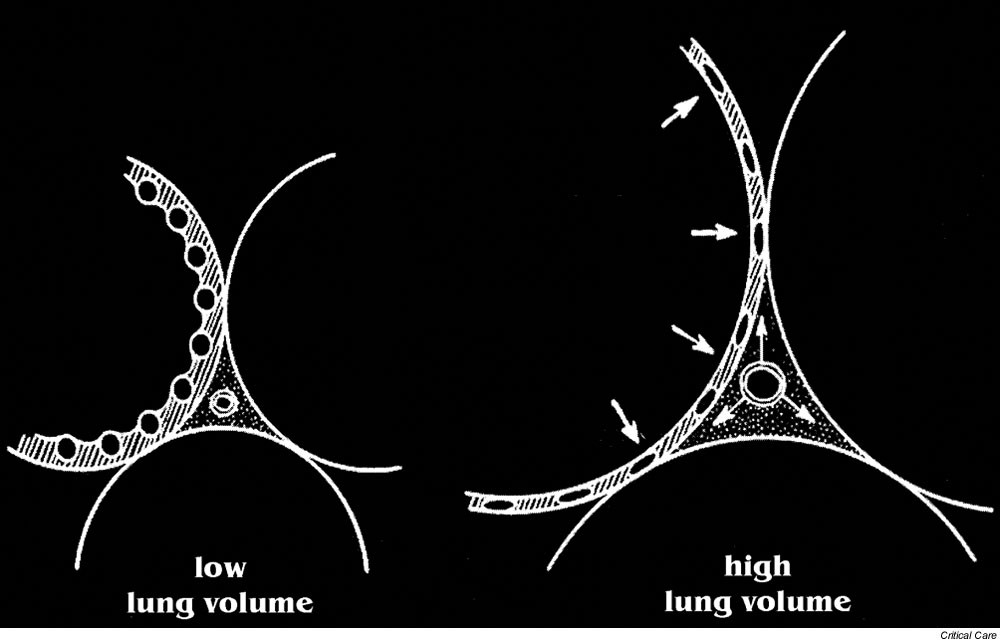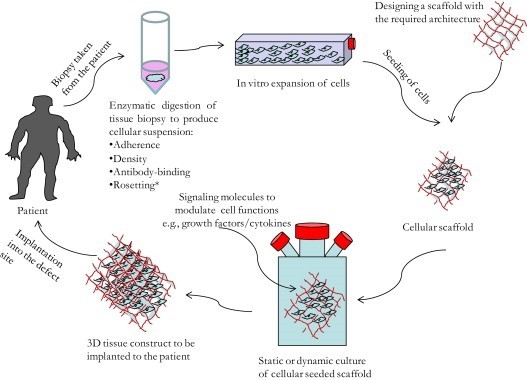

This air is called dead space air because it is not useful for gas exchange. Some of the air we inhale never reaches the gas exchange areas but rather fills respiratory passages where gas exchange does not occur, like the nose, pharynx and trachea. The whole point of the lungs is to continually renew air in the gas exchange area of the lungs, where gases are exchanged with the blood. It is equal to the tidal volume times the respiratory rate per minute. The minute volume (MV) or minute ventilation refers to how much air enters the respiratory system each minute. Kussmaul breathing is a breathing pattern specific for acidosis, especially ketoacidosis. Hypoventilation refers to ventilation which is too little for the metabolic demand of the body. Hyperventilation refers to ventilation which is too excessive for the metabolic demand on the body. Hypopnoea refers to abnormally low tidal volume, with or without decreased respiratory frequency.Īpnoea refers to a stop in breathing when the lungs are empty, after an expiration.Īpneusis refers to a stop in breathing when the lungs are full, after an inspiration. It can also be physiological, for example during exercise.īradypnoea refers to abnormally slow breathing. Hyperpnoea refers to abnormally high tidal volume, with or without increased respiratory frequency. It can by physiological, for example during exercise. Tachypnoea refers to abnormally rapid breathing, with a respiratory frequency > 18/min. The tidal volume is around 500 mL and the respiratory frequency is 14 – 18/min. Last updated on Januat 16:14 Breathing patternsĮupnoea refers to the normal breathing which occurs during rest.

Function of the respiratory passageways.


 0 kommentar(er)
0 kommentar(er)
